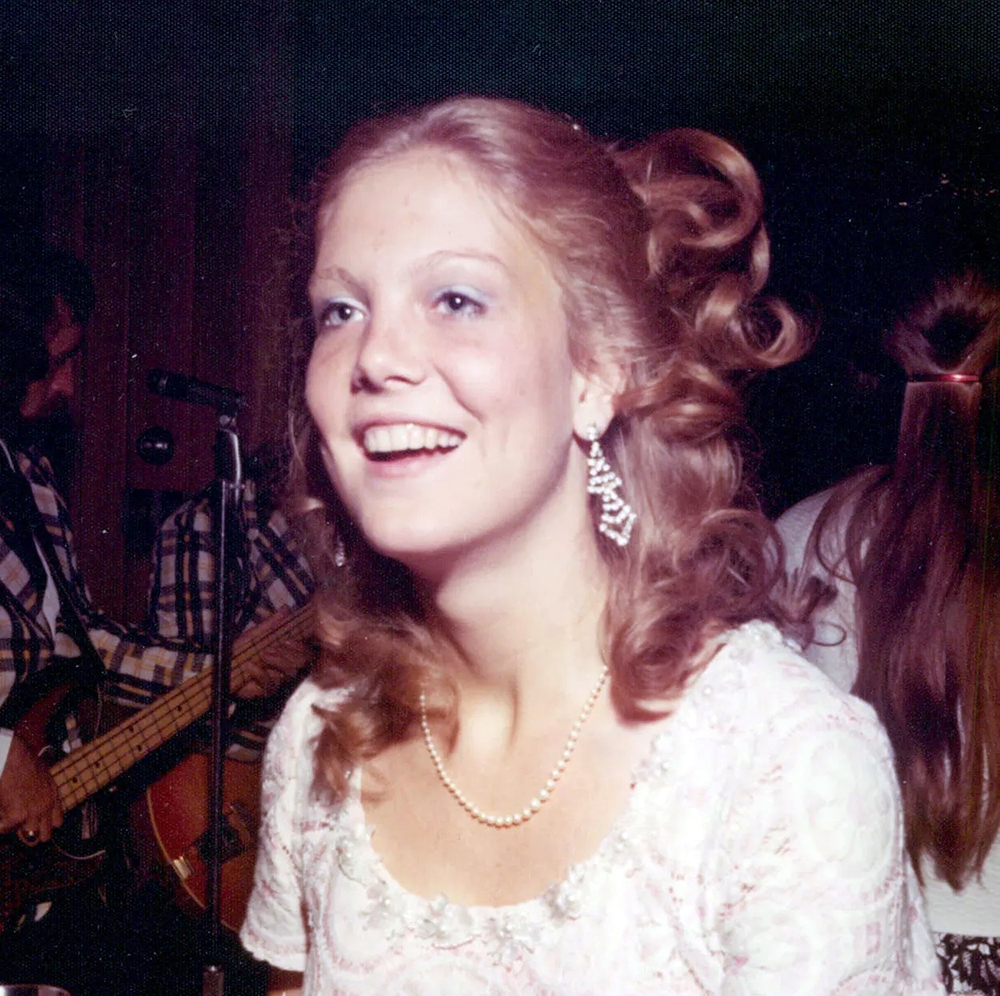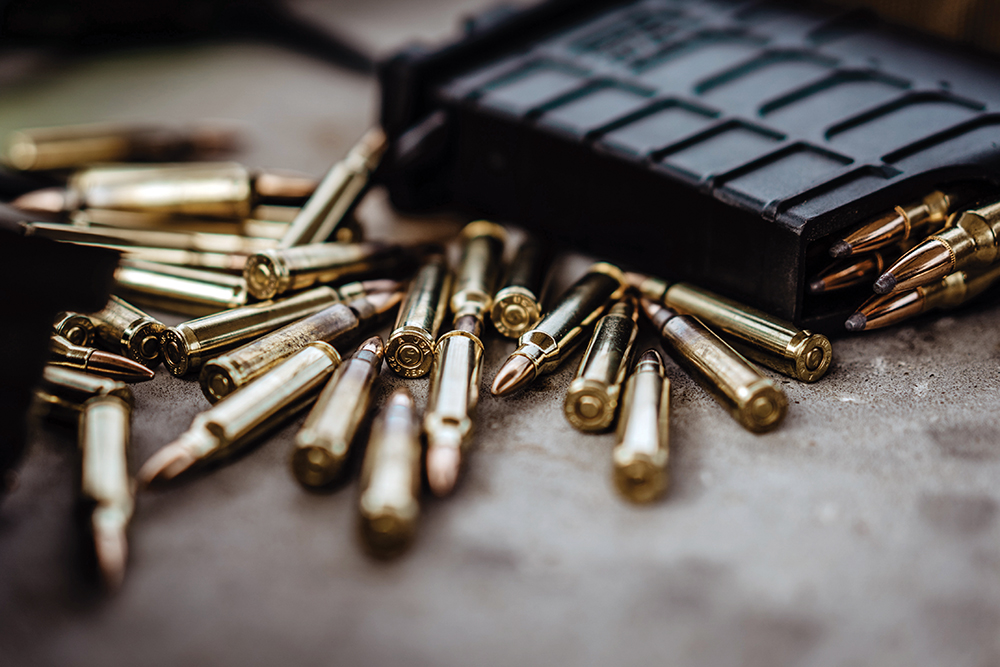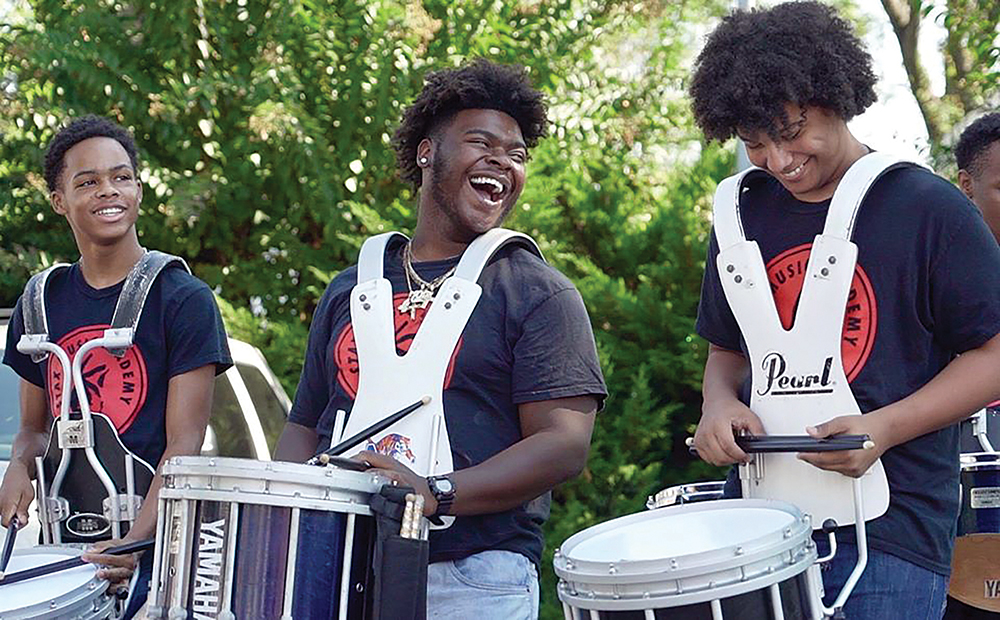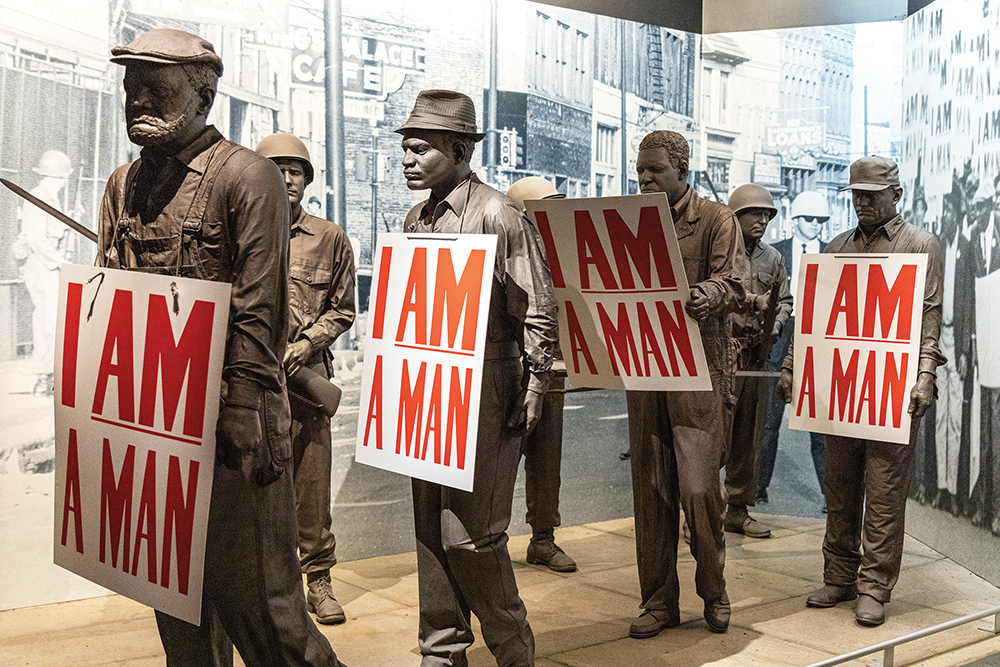This is a repurposed version of a speech I gave at the “Memphis Monologues” program, in which women tell real, personal stories to raise awareness of their experiences.
In light of writer E. Jean Carroll’s recent rape and defamation suit against Donald Trump, I felt my story had some currency. Seeing Trump lawyer Joseph Tacopina going after Ms. Carroll with the same old “attack-the-victim” ploys we might have hoped had died out, I thought it time to dust it off.
I was raped in college. This event isn’t something that defined me, and it’s not something that derailed my life or rewrote my story; it’s just a real thing that happened.
Growing up, I was the goody-goodiest of all goody-goodies, and to say that I was innocent doesn’t begin to cover it. I started college, wide-eyed and chaste, and immediately began dating an upperclassman. He was cute, he drove a cute car, he had cute friends, and his fraternity had great parties. It was fun to be liked, and I really liked him.
By the end of freshman year, we were fighting a lot — specifically over sex. He wanted it. I didn’t. I always made sure we stopped short of my definition (and Bill Clinton’s) of “having sex” — when a penis enters a vagina — and until you did that, you were a virgin. I was determined to remain that virgin until I was married. We went on like that through my sophomore year.
I was away for the summer after my sophomore year, and when I returned home in August, I decided to break up with him — but first, we had to go to Florida with a big group for a wedding.
One night, he dragged me out of a fun house party. He wanted to leave, I didn’t, and I was highly annoyed. Out in the driveway, he wanted to go somewhere so we could make out, but I was having none of it, so I turned to go back into the house. He grabbed my arm, spun me around, and slammed me against a car door. Whatever I said in response, it made him mad enough to hit me in the face.
That was it. One strike and you’re out. I told him we were done, went back inside, and drove home to Tennessee after the wedding with my roommate, telling him to find his own damn way home.
Over the next two weeks, he called, wrote, cried, and sent flowers, but I stuck to my guns. I arrived back at college excited for the new year. Friends had already started setting me up with dates.
I don’t remember what he said that made me drive over to see him at the off-campus house where he now lived, but I must’ve felt sorry for him, or needed to pick up some mementos or pictures. Or something. Anyway, I went.
I could go into a lot of detail here, but it’s not really necessary. And I don’t want to give him too much focus.
In his room, he begged me not to break up, but I told him it was too late. He pinned me down. I thought I heard someone else in the house, so I hollered for help and he hit me — again, to shut me up — and then he raped me. I struggled, got away, and left. In one fell swoop, he had taken from me what I’d refused to give him for two years.
But the bigger story, now, is not the rape itself , but how everyone in my life reacted to it.
First, how I reacted. It didn’t occur to me to report it — after all, I had gone to his house, and we had dated for two years, so who’d ever believe me? Also, then everyone would know — horrors of all horrors — that I. Was. Not. A. Virgin. I reacted, like most women in my generation probably did, with a combination of silence and shame.
I did Olympics-caliber mental gymnastics to convince myself that it never really happened. I took this memory like a piece of chewed-up gum in a tinfoil wrapper and balled it up into the teeniest little morsel and then buried it deep in the back of my mind, rarely —if ever — even thinking about it, and NEVER breathing a word of it to another living soul.
Then, in 2016, the odious Donald Trump slithered onto the national scene. Late that October, before the election, my wonderful husband Bill and I were talking about the Access Hollywood pussy-grabbing tape and the first group of Trump sexual assault accusers who had come forward.
Bill — like most men— couldn’t understand why the women wouldn’t have sought justice all those years ago. “If something that horrible happens to you, you report it!” he declared.
I argued that of course those women would NOT have come forward, for any of a million reasons — fear of not being believed or being blamed, the need to protect a job, power disparity, being ashamed that it happened.
Suddenly, 42 years of tamping it down, keeping it secret, and even pretending it had never happened fell away, and I blurted out, “I believe the women because Scumbag Jones raped me in college, and I’ve never told anybody!”
Bill was shocked. I told the story, and he started asking questions: “Why did you go over to his house?” “Why didn’t you report it or tell anybody?”
Let me tell you what one of my daughters said about this part of the story: “Usually, those questions would sound ignorant and would make me indignant. But because I know Dad, I kind of hear those questions as coming from the same desperate place as when you’re watching a horror movie — ‘Oh, God, why is she going in there?! Doesn’t she know there’s a monster in there?! Stop!’”
After a lot of talk and healing, and newfound understanding on Bill’s part, we got past this bump in the road, and Bill came out of it much more supportive of me, and a much stronger ally for women.
Shortly thereafter, I told my daughters, and while they were marvelously sympathetic and caring about it, they didn’t seem surprised. I’m not sure if rape is more common today or if it’s just less taboo, but they didn’t take it as earth-shaking news.
One daughter said: “My generation processes it with anger, while yours processed it with shame.” One thing’s for sure: They do not blame the woman.
For a couple years, I rocked along with only my family knowing about this. Not that I was hiding it. It just never came up.
Then came the Kavanaugh Supreme Court hearings, and the stunning and compelling testimony of Dr. Christine Blasey Ford. I wondered, if my rapist had been nominated for high office, would I have the courage to come forward and speak out? Hmm.
He actually did become a lawyer. But the higher office thing never happened, because at some point he was convicted of some kind of white-collar fraud and went to prison for awhile.
Karma’s a bitch, isn’t it?
Later that week, I was at lunch with a couple of friends, and one asked if we believed Dr. Blasey Ford. “Yes, absolutely!” I exclaimed. “Because I was raped in college and I never told anyone!” After I told my story, another of the friends told us that she also had been raped and had never told anyone. A few months later, I told some college friends, and likewise, everyone had their stories — whether it was them, or a daughter, or another friend — everyone had them.
And the funny thing about telling a woman friend that you were raped in college and never said anything about it for 42 years — she doesn’t ask you a bunch of questions. She just reaches across the table, grabs your hand, and says, “I’m so, so sorry.”
Flash forward to the E. Jean Carroll trial, which ended last week with the jury finding Trump liable for sexually abusing and defaming her. The things she’s been attacked for by Tacopina are infuriating. (Side note: Tacopina looks — and acts — more like a mob lawyer than most movie mob lawyers.)
How could a rape take place in a little dressing room? I’ve been in those dressing rooms at Bergdorf Goodman — indeed, Bill’s been in there with me when I looked for a formal dress — and they are huge.
Why didn’t she scream? Any of a number of reasons, and Carroll answered that on the stand — numerous times.
Why didn’t she report it? In a way, she did report it, since she told two women friends, when I never told a single soul for 42 years.
Why didn’t she report it to the police? See my reasons above, especially the one about power disparity. One of her friends actually told her not to report it because of Trump’s power and cadre of lawyers who would “bury” her.
It seems to me that E. Jean Carroll’s experience with Trump mirrors that of so many other women, and I’m in awe of her bravery for following through.
You go, Ms. Carroll. I believe you.
Mary Loveless is a sexual-assault-surviving, gun-owning, Planned-Parenthood-patient-escorting Southern debutante, and a former writer/editor for Memphis magazine.









